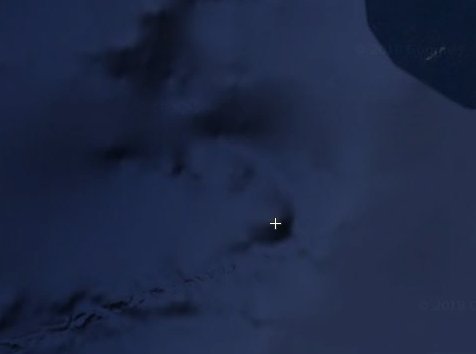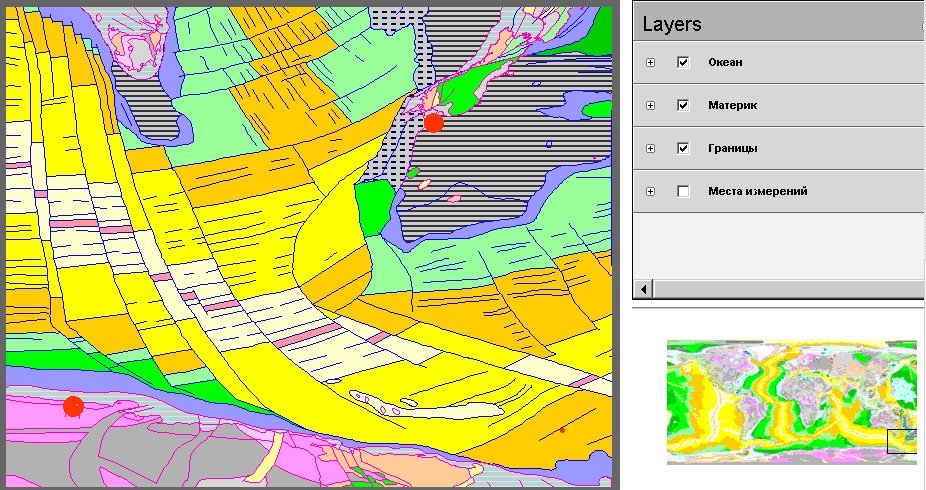
Спутниковая фотография района кратера из Google Earth.  cm. cm.Геодинамический глобус: LMA района между Антарктидой (кратер Земля Уилкса) и Новой Зеландией (кратер Махуика-Mahuika) |

Спутниковая фотография района кратера из Google Earth.  cm. cm.Геодинамический глобус: LMA района между Антарктидой (кратер Земля Уилкса) и Новой Зеландией (кратер Махуика-Mahuika) |
Goff attributes coastal abandonment in New Zealand at 1500 A.D. to an earthquake-induced tsunami event. However, the largest historical earthquakes produced maximum tsunami runups of 40 to 60 meters. On Stewart Island, New Zealand, beach sand is present ~220 meters above sea level at Hellfire Hut and ~150 meters above sea level at Mason Bay. In eastern Australia, there are mega tsunami deposits with maximum run-ups of over 130 meters and a C-14 age of ~1500 A.D. Megatsunami deposits occur on the eastern side of Lord Howe Island in the middle of the Tasman Sea, implying a source crater for the tsunami further east. We named this source crater Mahuika for the Maori god of fire. Mahuika crater is 20-+2 km wide and >153 meters deep. It is on the New Zealand continental shelf at 48.3 S, 166.4E. Several pieces of evidence point to Mahuika as the source crater for the 1500 A.D. event. The first is that the crater lies on a great circle path from Australia oriented at about a 45-degree angle to the general trend of the eastern Australia coast. Mega tsunami deposits near Wollongong and at Jervis Bay, Australia suggest a tsunami wave oriented at this angle to the coast. The second is the sub bottom depth of the impact deposits. We have found impact ejecta in all of the dredges near the crater. Because marine sediments are deposited at a rate of about 1 cm per thousand years, this is expected if the impact deposit is only 500 years old. We are seeking C-14 dates to confirm this. The third is the distribution of tektites, which are found on the opposite side of the crater from the direction of impactor arrival. Although we found impact ejecta in many samples, only some samples contained tektites. All tektite-bearing samples are located SE of the crater, in the opposite direction from SE Australia, where the impact fireball was seen by the aborigines.
(Abbott, D.H., A. Matzen, E.A. Bryant, and S.F. Pekar, 2003).